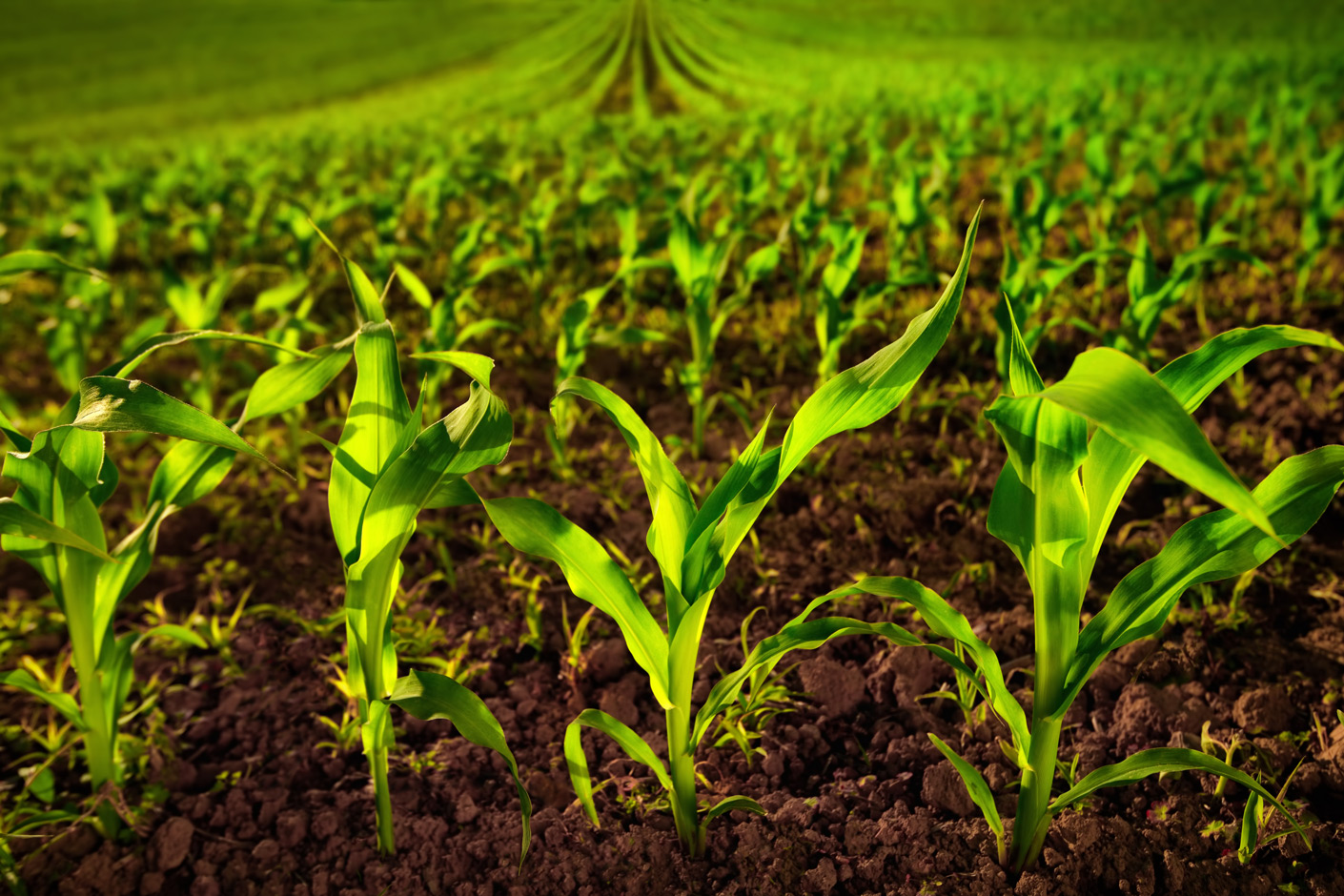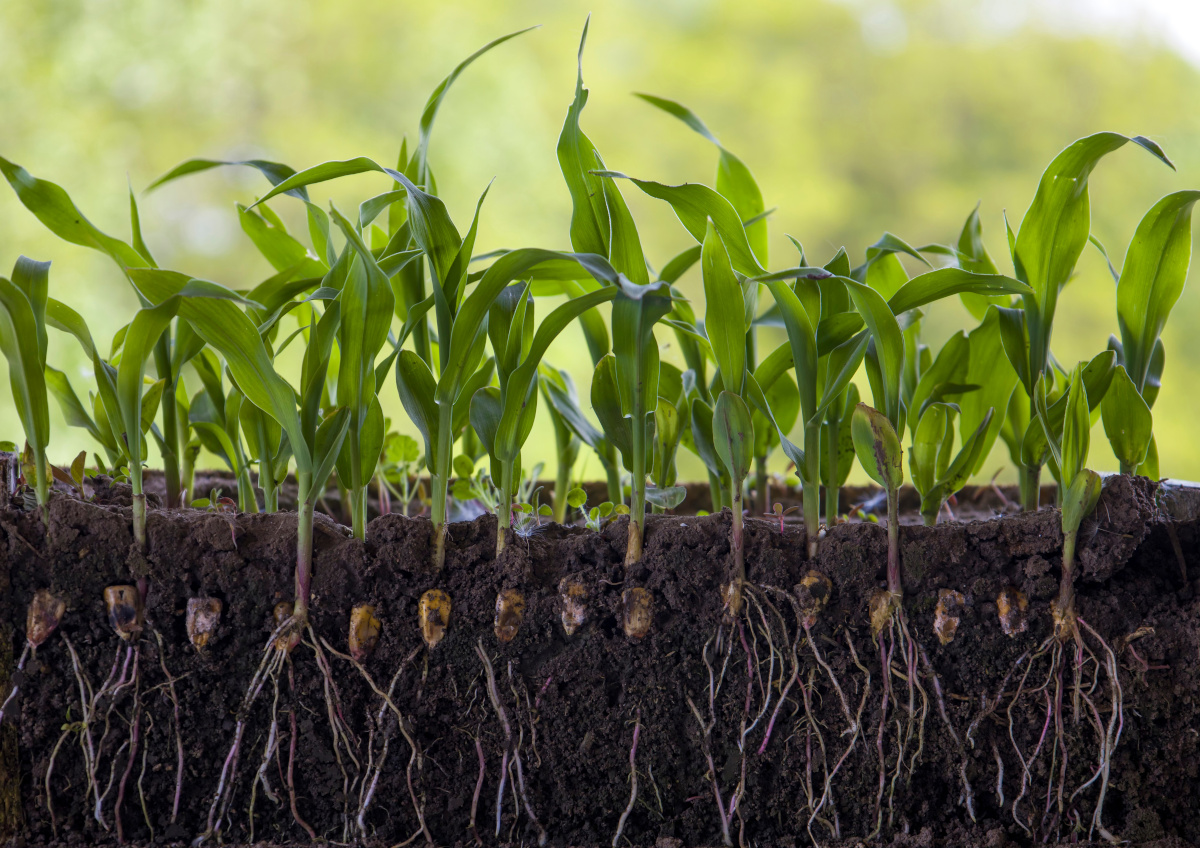Occurrence and economic importance of the cotton aphid
This pest occurs in the main apple-growing regions. The cotton aphid has a reddish-brown body covered with white filaments. The pest develops through 10 generations during the season. The harmfulness of the cotton aphid results in reduced yields. Furthermore, attacked plants are more susceptible to frost damage and have reduced growth, and the resulting damage facilitates access for bark and wood pathogens, which negatively impact the structure of the apple tree.
Symptoms of feeding and ways to reduce the pest’s numbers
The pest’s larvae feed, and their feeding sites include root collars and roots just below the soil surface, as well as tree bark. During the growing season, the cotton aphid also inhabits vines, leaf petioles, flower stalks, and fresh wounds. Symptoms of feeding include gall-like growths, cankers, and tumors, as well as longitudinal cracks in the shoulder. The cotton aphid’s natural enemy is the cotton aphid moth. Chemical control involves the use of insecticides registered for pest control.









